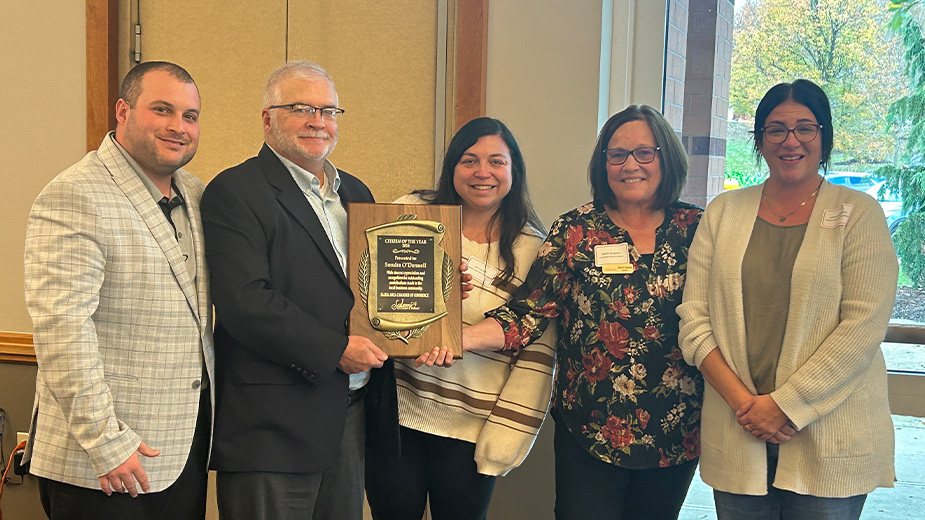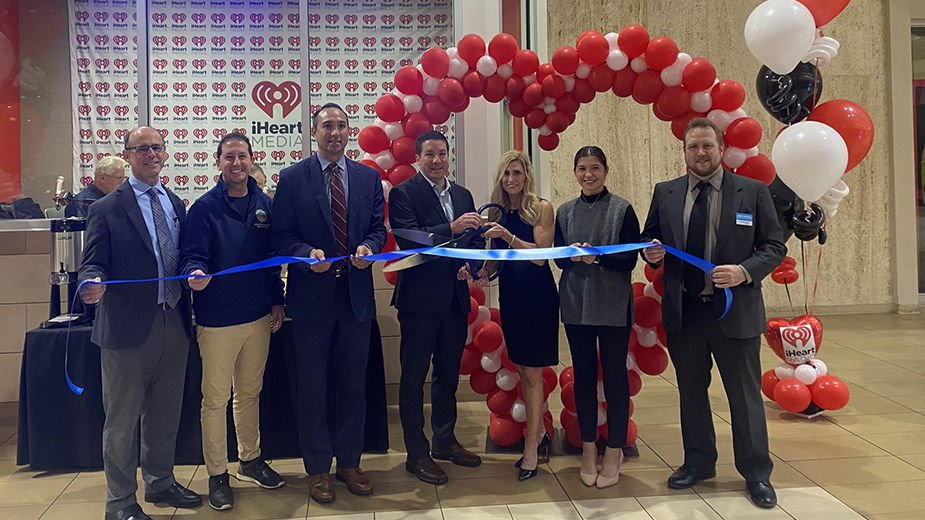Ernie Hall Museum Pays Tribute to Local Aviators
HOWLAND TOWNSHIP, Ohio — The world of aviation would look different today were it not for the contributions of Orville and Wilbur Wright, Charles Lindbergh, Amelia Earhart and, of course, Ernie Hall.
Who’s Ernie Hall? It’s a question that many under the age of 40 would ask.
“He was one of the early aviators to fly with the Wright Brothers,” says Bill Griffin, director of the Ernie Hall Aviation Museum on North River Road in Howland. The museum opened last September to pay homage to local aviation and Hall’s legacy. “He taught many, many people to fly and gave instruction to pilots in World War I and World War II,” Griffin says.
Hall is a household name in international aviation and among those old enough to remember his flying school in Howland. Yet many have never heard of him and so don’t appreciate his invaluable contribution to aviation. “He was the first ambassador of aviation in Ohio,” Griffin says.
This year marks what would be the centennial of the Ernie Hall Flying School, established in 1915 at Conneaut Lake near Meadville, Pa. The aviation pioneer relocated his school to Howland in 1923, where it remained in business until 1972 when Hall died.
Griffin, a licensed pilot, says he wants to ensure that Hall and the history of aviation have a proper place in this community. “We lived right next door to his airfield,” he recalls. “My brother and dad were always aviators, and I learned to love aircraft.”
This love of aviation helped to spur the museum, which is filled with local, national and international aviation memorabilia from the birth of the industry through the present day. A visitor can see letters between Hall and Orville Wright, signatures from pilots such as Amelia Earhart and Chuck Yeager, and a piece of fabric from the Fokker DR-1 Triplane that Manfred von Richthofen – better known as the Red Baron – flew when he was shot down and killed in 1918.
“It’s something a lot of museums don’t have,” Griffin says, pointing to the Red Baron artifact and a certificate of authenticity from the Royal Canadian Military Institute. For decades, Canadian pilot Capt. Roy Brown was credited with downing the Red Baron. It’s since been determined that small-arms fire from the ground killed Richthofen as he flew low over Allied positions.
Among the additional artifacts are flying jackets from several eras of aviation and a propeller from the airship USS Akron that was removed just days before the dirigible crashed off New Jersey in 1933 in turbulent weather, killing 76.
Mostly, though, the museum pays tribute to local aviators who made their marks during wartime. More recently, the family of Don Freer, a Howland resident who flew the B-17 “Easy Does It” in the European Theater, hosted a surprise party for the 95-year-old. On the back wall of the museum is a mural of Freer’s airplane and squadron. “He was shot down on Dec. 5, 1944, and spent six months in a German POW camp,” Griffin says. “He told us every detail of that day.”
As part of the surprise party, Griffin located another POW from the same camp and brought him in.
Other local flyers such as Ed Tracey typify what the Ernie Hall Museum is about.
Tracey, Griffin relates, received his pilot license from Hall in 1936 and joined the Royal Canadian Air Force. When the United States entered World War II in 1941, he joined the Army Air Corps and flew 99 missions in a Republic P-47 Thunderbolt over Europe. His jacket and what were called British “escape boots” – so named because they could be easily converted into brown civilian shoes by cutting off the leggings with a concealed knife – are on display at the museum.
A significant portion of the museum is dedicated to Hall, who started to design and build aircraft and gliders before 1908, less than five years after the Wright Brothers’ first powered flight at Kill Devil Hills, N.C. Hall met the Wrights for the first time in 1912.
In 1914, Hall acquired Wright Flying Boat serial #2 (the Wright Brothers owned serial #1) so he could open a flying instruction school on Conneaut Lake. “He was one of the first handful of people to obtain a pilot’s license,” Griffin says. A lake was a logical site to launch the school because in 1915 there were few airstrips on which to train in the United States. According to the museum’s website, Hall owns the distinction of being continuously involved in all facets of aviation longer than anyone else in the world.
Hall’s design and construction of his own aircraft proved innovative and gutsy for the period, Griffin notes. One of his planes is housed in the Smithsonian Air and Space Museum in Washington, D.C., and another Ernie Hall-designed aircraft is on display at the U.S. Air Force Museum at Wright-Patterson Air Force Base in Dayton. Two others that Hall owned (but did not design) are at the Henry Ford Museum in Dearborn, Mich., and the Glenn Curtiss Aviation Museum in Hammondsport, N.Y.
Hall instructed hundreds of pilots, one of whom was Jimmy Doolittle. Doolittle had proven himself a hotshot pilot during the 1930s, and is best known for the daring air raid on Tokyo on April 18, 1942. “He was the first person to do an outside loop, the first to fly completely on instruments and, of course planned the B-25 raid on Tokyo,” Griffin says.
Museum board member Bill Hunter – who took his first flying lesson from Ernie Hall – says about 80% of the memorabilia at the museum was donated by local residents. “The response has been phenomenal,” he says. “Local business people, individuals, and just people walking through the door have donated money.”
On Aug. 9, the museum is sponsoring its third annual “Wings and Wheels” at Sloas Field – a grass airstrip behind the museum that’s operated by Griffin and another business partner. The event will feature hundreds of classic cars and vintage World War II aircraft. “We expect between 10,000 and 15,000 people this year,” he notes.
Hunter says the biggest challenge the venture faces is the lack of space for new exhibits, such as one that he would like to see on Youngstown pilot Mary Ann Campana. In 1933, Campana set a world record for remaining airborne the longest in a light plane.
Among the latest projects the museum is undertaking is the restoration of one of Hall’s planes, a 1947 three-seat Piper Super Cruiser that Hall purchased new from the factory.
Dave Grohl, leader of the popular rock band Foo Fighters who grew up in Warren and whose late father was a supporter of the museum, stopped off in April and donated money to overhaul the Piper’s engine. The engine is autographed by Grohl with the slogan, “Up, Up, and Away!”
Grohl’s uncle, Tom Grohl, who sits on the museum board, says he’s amazed at the level of attention and support the museum has received, and credits Griffin’s organizational skills. “I’ve been involved in aviation for many years and used to fly out of the old Lansdowne Airport in Youngstown after I got out of the service,” he says.
The annual “Wings and Wheels” is an important fundraising effort for the museum. “Bill is quite the organizer and leader,” Grohl says. “Through his efforts, we’ve seen more donations and raised funds to get the building built.”
But for Griffin, the museum is also a vehicle to attract young people to aviation and excite them about the power of flight. He notes that Boy Scout troops and school tours are important to getting kids interested at a young age.
“We need to get young people into aviation,” he says, noting the thousands of model airplanes in his personal collection. “The kids aren’t getting into it like they used to. We need the next generation.”
Pictured: Bill Griffin, director of the Ernie Hall Aviation Museum, stands next to Hall’s picture.
Copyright 2024 The Business Journal, Youngstown, Ohio.



